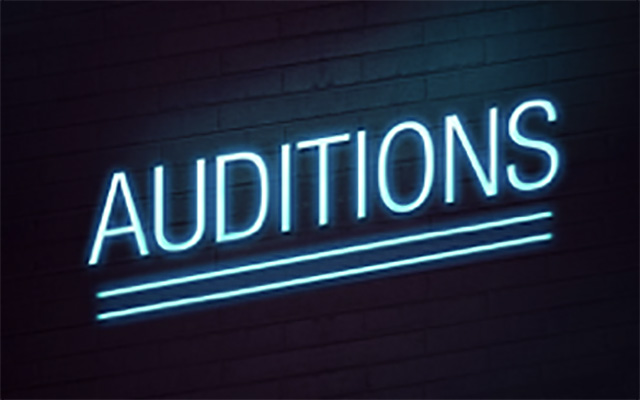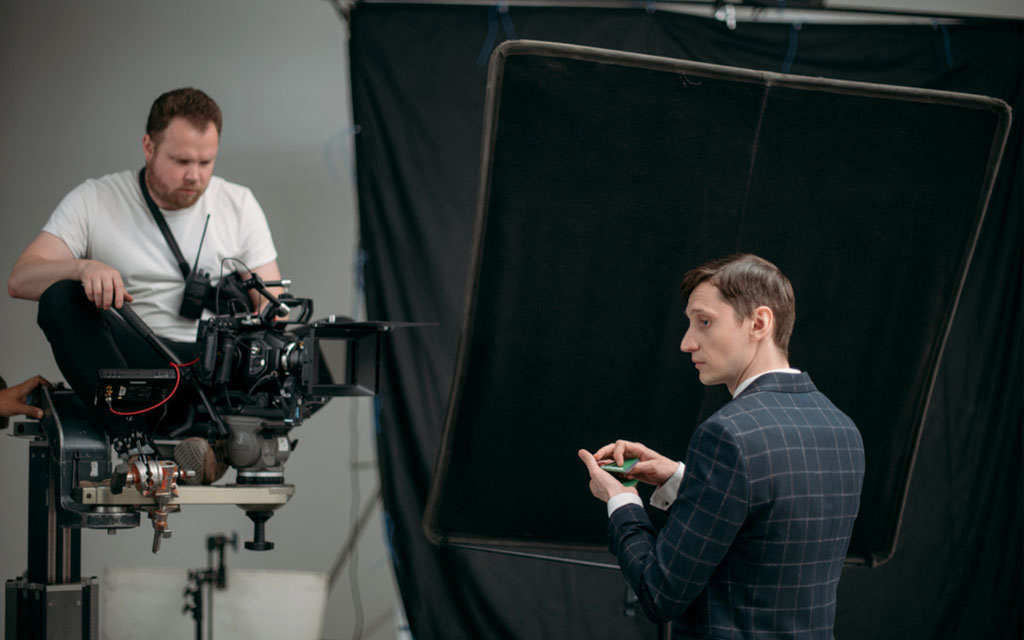Written for The Networker by Terry Berland @berlandcasting.
It is the goal of working actors to be invited to multiple auditions for both commercial and theatrical (film and television) projects on the same day, every week, year-round. To reach that goal, you have to be able to quickly switch gears, and be familiar and comfortable with each type of project.
To be successful in the long run, both commercial and theatrical auditioning require a solid acting background, professionalism and dedication. On first glance, you’d think there were huge differences between these two types of auditions, differences that can seem overwhelming. But it’s actually surprising how many similarities exist between the two. Demystifying these similarities and differences can help you take the correct steps toward your long-term goals.
Receiving Copy and Preparing for Your Audition
For a theatrical audition, you receive your sides a day or two in advance. Your sides are scenes selected out of the entire script. In commercials, you don’t receive your copy in advance; you receive it at the audition. Therefore, with commercial auditions, you need to learn how to be very good at the cold read.
In the Audition Room
In commercial auditions—and frequently in theatrical auditions—there is always a camera present. The big difference, though, is that in a commercial audition, where you may be one character speaking to another, you have to relate to the camera as if it were the other character (unless you’re told differently). In a theatrical audition, you don’t look at the camera. The camera is simply in the room to capture your audition for later review.
Script/Sides: to Hold or Not to Hold
In commercial auditions, you do not hold your script. There will be a cue card in the room with all your lines on it. Ideally, the card is placed close to the camera lens for easy reference. The camera should be your main focus, with your eyes going back and forth between the camera and the cue card. Your eyes should be truthful and honest, giving the feeling that you’re addressing whomever you’re supposedly talking to.
Casting directors aren’t allowed to ask you to memorize commercial copy. If we do, according to the SAG-AFTRA commercial union contract, you would be due a payment for the audition. With the proper training, you can become good at cold reads. A good cold-read audition never feels stale or over-rehearsed.
In a theatrical audition, the sides are sent to you ahead of time and even if you memorized them, you should hold them to glance at if needed. This gives the (correct) impression that your audition is not your finished piece of work. This also gives the casting director the feeling that you’re not stuck on only one way of performing your scene and that there is room for you to be directed.
Analyzing Copy
Commercial copy can be broken down the same way as theatrical copy. I look at preparing for a commercial audition the same way you would a short scene—and I teach this technique as well. In engaging with every read, I tell actors to ask themselves who they are, where they are, to identify the emotions needed for the scene, and to break the script down into beats. In a short amount of time, you need to give the feeling of connecting to whomever you are speaking to and creating the feeling that you are in a specific place. A good way to add substance to your read is through the use of backstories.
The Decision-making Process
There is definitely a big difference in who the decision-makers are between the commercial and theatrical worlds (link to blog “Who Are the Commercial Decision-Makers?”). The commercial decision-makers usually come from an ad agency and can be made up of as many as eight layers of people: The writer, art director, producer, creative supervisor, creative director, account executive, client and director (hired by the production company to shoot the spot). If it’s a small ad agency, there may be fewer layers of decision-makers. Networks, cable television and film have a different pecking order. Research the layers of decision-makers typical to the format you’re working in to gain an understanding and comfort level with it.
Avails/Pinned
When the breakdown is first put out, the talent will be told the shoot dates. Then, when it comes down to final choices, the actors will be contacted to make sure they’re still available for the specified shoot dates. The actor is also agreeing to notify casting of any changes during the final selection-booking process. In commercials, casting will put the talent on “avail.” For theatrical, the typical lingo is “pinned.”
Bookings
In both commercial and theatrical auditions, there are similarities in the final stage of booking. At this time, the talent should again be given the terms of agreement that appeared on the breakdown, that is, the shoot dates and all other details that will make up the final contractual agreement. If you’re pinned or on avail, this is your chance to make sure that there haven’t been any changes that would be to your disadvantage and that you agree with the terms before you accept your booking.
If you want to sharpen up on your commercial acting technique, follow this link to Terry Berland’s Commercial Acting workshop.









